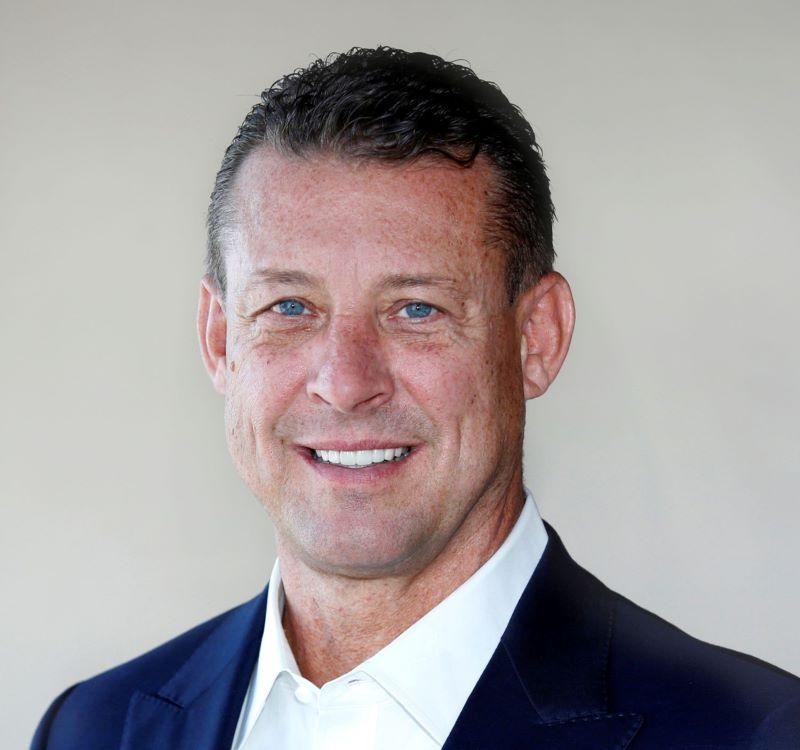
Credit: Jetcraft
Chad Anderson serves as CEO of Jetcraft, a business aircraft sales, acquisitions and trading firm. He joined the company as president in 2005 after spending five years managing corporate aircraft sales and leasing with Bank of America. In addition, Anderson held positions with Regent Aviation and...
Subscription Required
This content requires a subscription to one of the Aviation Week Intelligence Network (AWIN) bundles.
Schedule a demo today to find out how you can access this content and similar content related to your area of the global aviation industry.
Already an AWIN subscriber? Login
Did you know? Aviation Week has won top honors multiple times in the Jesse H. Neal National Business Journalism Awards, the business-to-business media equivalent of the Pulitzer Prizes.





